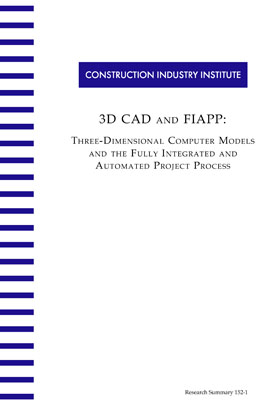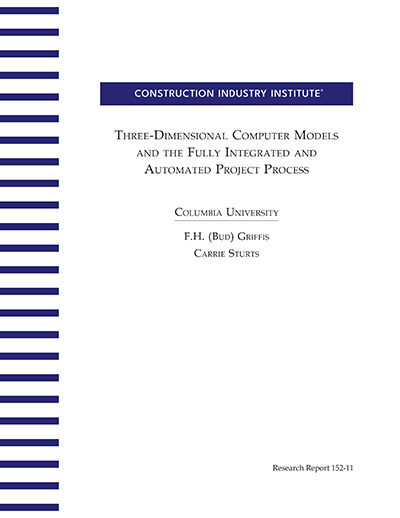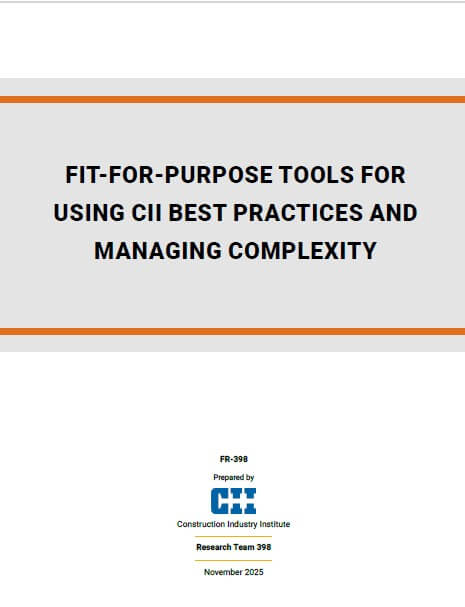
Member Exclusive
Fully Integrated and Automated Project Processes- The Vision
Event Date
Jul 31, 2001
Type
Conference Presentation
Research Team
RT-152
Slides
18
Topic
3D CADD in FIAPP
DOCUMENT DETAILS
Abstract
Filters & Tags
Abstract
Filters & Tags
Knowledge Area
Project Phase
Project Function
Industry Group
Research Topic
3D CADD in FIAPP
Keywords
Integration,
Automation,
3D CAD,
Integrated Database,
4D CAD,
FIAPP,
Database,
Object-oriented,
rt152



